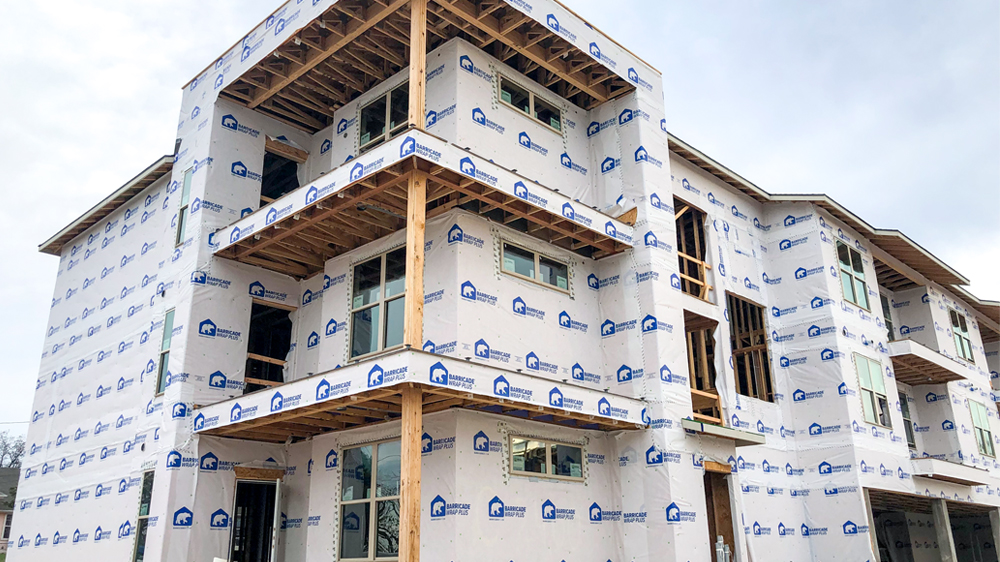Sources for New Supply
In Real Estate, you will often hear that prices are determined by Supply and Demand. While Supply and Demand is a fundamental tenet of markets, it’s important to understand that with the housing market, both the supply side, and the demand side, can be, and are often artificially manipulated, sometimes on purpose, and sometimes inadvertently.
There are really 3 types of new supply.
Normal Annual Turnover
The “normal” annual turnover of houses in a given year. This can be predicted fairly accurately “in a normal year.” There is x amount of housing stock units in a city of Denver and a relatively stable percentage of them will come to market for sale in a given year. From one year to the next, there will be a small and predictable percentage deviation, a “standard deviation.” This can be predicted using statistics, much like insurance companies use actuarial tables. Reasons for these sales could include job transfer, moving across town, outgrew house, upgrading from condo to house, downsizing, death/estate sale, etc.
New Construction/New Development
The second type of supply is new supply that never existed previously. Any type of new development: condo buildings, infill developments, subdivisions from national builders, etc. This type of supply operates a little more on a boom and bust cycle. In boom times, builders ramp up production and speculative development.

In down times, builders go bankrupt and/or scale back building significantly. This type of supply moves pretty slowly. It is common for a single new home to take up to two years to build from permitting and entitlements to construction. Apartment and Condo buildings, multi-family, on average take over three years to bring to market in Denver. The planning and permitting process has become much slower and more cumbersome, especially within the city of Denver. This is worthy of its own separate blog post. It is important to note that this type of supply, new construction supply, represents a small fraction of the overall supply, but an important piece of the pie nonetheless.
Distressed Supply
Distressed supply can flood the market in times of financial or economic turmoil. We’ve been in an incredible bull run the last 10+ years, the likes of which might never have been equaled in history. However, if we consider March 2020, at the onset of the pandemic, if left to its own devices, the housing market would likely have been flooded with distress. There was a period of weeks where the stock market started a precipitous dive, but the federal government stepped in with massive and unprecedented aid. Layoffs, bankruptcies, foreclosures would have been extraordinary as businesses would have all shuttered. Instead, we got the Cares Act, expanded unemployment benefits, mortgage forbearance, college loan forbearance.
We have been fortunate to have very little distressed supply in the last 10 years (except of the normal 3 D’s that occurs naturally every year- Death, Divorce, other types of Financial Distress). This is just a normal amount that occurs even in periods of tranquility and doesn’t move the supply needle much.
As the storm clouds build though, and recession looms, this 3rd category of supply is a wild card. Category 1 is unlikely to change significantly since many people are “frozen” in place, unable to move due to their low mortgage rate vs. the cost of going somewhere else. Builders are already pulling back significantly and will scale back and/or forego building on spec. You can pretty much forget about multi-family developments at this point. Anything not already being constructed is going to be in question moving forward. There is a looming commercial real estate crash.
However, the amount of distressed supply could skyrocket if we enter a prolonged and deep recession. Usually this coincides with a massive drop off in credit availability and demand. It’s a triple whammy.
We haven’t seen anything like that yet. And we might not. It’s possible that inventory will stay low like this forever now with the distorted market of 50% of people having below 4% mortgages.
It’s also possible that inventory keeps building, and if there is an economic event, could get a flood of distressed inventory.
It’s important to be aware of, and consider all possibilities.
Moral of the Story: New construction inventory moves very slowly, regular inventory moves slow as well in comparison to demand, which can turn on a dime. We will examine the nuances of “demand” side in a future post.




Jeff, very informative article. Low supply is such an issue in Colorado in that it has not kept up with our explosive population growth. Thanks again for the great article.